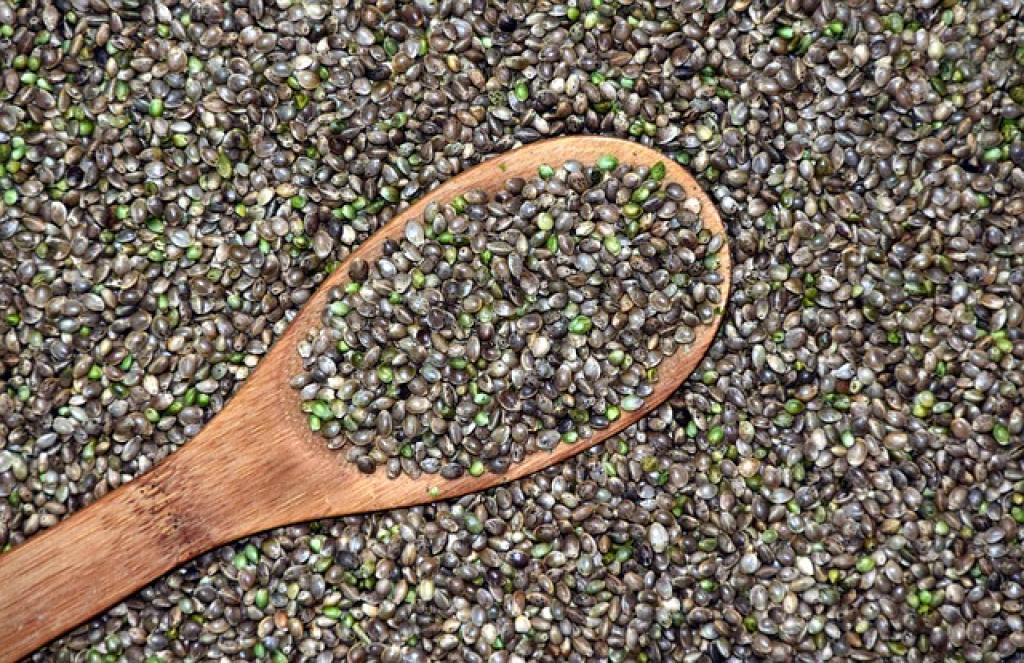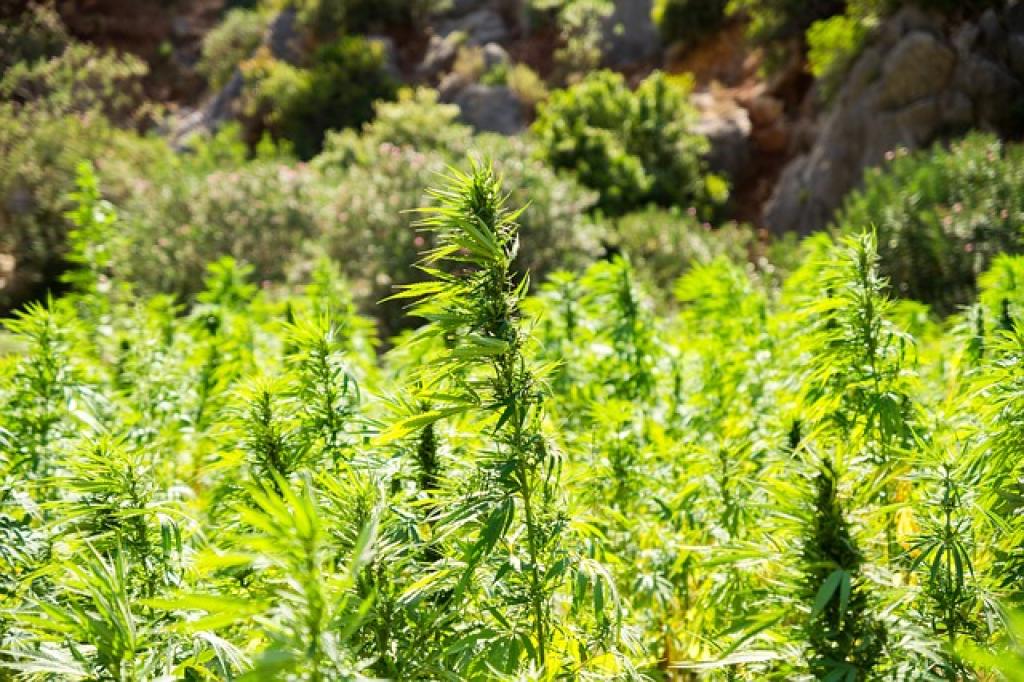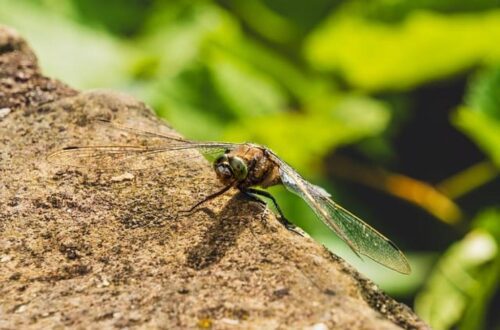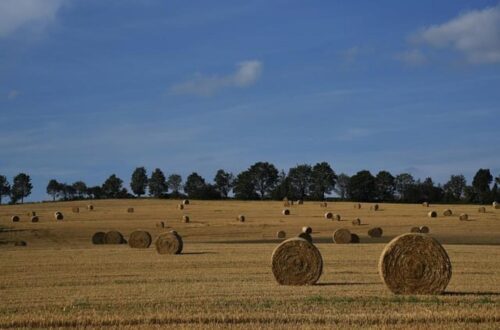Welcome to the exciting world of growing hemp! Whether you’re interested in sustainable farming, producing organic CBD, or exploring industrial uses, growing hemp can be a rewarding adventure.
Starting with hemp might seem daunting at first, but with a little guidance and some basic knowledge, you’ll be well on your way. In this guide, we’ll break it down into simple steps that anyone can follow, whether you have a green thumb or are new to gardening.
From selecting the right seeds to understanding the laws, nurturing tiny seedlings, to harvesting the full-grown plants, we’ve got you covered. Let’s dive into the essentials and get you started on the path to hemp-growing success.
Ready to transform your patch of earth into a thriving hemp garden? Let’s get growing!
A Brief History of Hemp Cultivation
Hemp has been cultivated for thousands of years, dating back to ancient civilizations. It’s one of the oldest crops known to humanity, with its roots tracing back to China around 2800 BCE. The Chinese used hemp fibers to make sturdy ropes and textiles, and its seeds for food and oil.
The use of hemp spread across continents, reaching Europe and later North America, where it became an essential crop. Early American settlers relied on hemp for making sails, clothing, and paper. Even the founding fathers, including George Washington and Thomas Jefferson, grew hemp on their farms.
Despite its long history, the 20th century saw a decline in hemp cultivation due to legal restrictions and the association with its psychoactive cousin, marijuana. Thankfully, recent years have seen a resurgence in hemp’s popularity, largely due to its versatility and sustainable properties.
Today, hemp is celebrated for its potential in a variety of industries, from health and wellness to construction and textiles. As we embrace hemp’s comeback, we build upon a rich legacy that intertwines with human innovation and resilience.
Ready to join this time-honored tradition? Let’s continue our journey into hemp cultivation!
The Advantages of Growing Hemp
Hemp is truly a superstar in the world of agriculture. Its benefits stretch far and wide, making it not only a profitable crop but also an environmentally friendly one.
First, hemp is incredibly resilient. It grows quickly, often reaching maturity in just four months. This rapid growth means that farmers can harvest multiple crops in a single year, maximizing their productivity.
Hemp also requires fewer pesticides and fertilizers compared to other crops. Its robust nature makes it naturally resistant to pests and diseases, reducing the need for chemical interventions. This is great news for the environment and for farmers looking to cut down on their spending.
Soil Health Benefits
One of the most amazing advantages of hemp cultivation is its impact on soil health. Hemp’s deep root system helps to prevent soil erosion and breaks up compact soil, which enhances aeration and water infiltration. Another key point is, as hemp grows, it naturally cleanses the soil by removing toxins through a process known as phytoremediation.
Hemp is also a carbon-negative crop, meaning it absorbs more CO2 from the atmosphere than it releases. This makes it a fantastic ally in our efforts to combat climate change.
Versatile Uses
Another significant benefit of growing hemp is its versatility. Almost every part of the plant can be utilized. The seeds are nutritious and can be used in food products, while the stalks can be turned into fibers for textiles, construction materials, and even biofuel.
Given all these advantages, it’s no wonder that hemp is making a remarkable comeback. It’s a crop that supports sustainability, enriches the soil, and provides numerous economic opportunities for farmers.
As we look to the future, growing hemp could well be a key part of creating a more sustainable and prosperous agricultural landscape. It’s a win-win for both the planet and the people.
Understanding the Legalities of Hemp Farming
Navigating the legal landscape of hemp farming can feel a bit like solving a complex puzzle. But don’t worry, let’s break it down into manageable pieces.
First things first, it’s important to know that the legality of hemp mainly revolves around its THC content. THC is the compound in cannabis that gets people high. For hemp to be legal, it must contain no more than 0.3% THC.
Licensing and Regulations
To grow hemp legally, farmers usually need to obtain a license from their state’s agricultural department. The application process can vary from state to state, but it generally involves providing detailed information about the land where the hemp will be grown and undergoing a background check.
It’s also essential to comply with all state and federal regulations. This might include regular reporting, sampling, and testing of your hemp crop to ensure that the THC levels remain within the legal limit. Keeping thorough records is crucial in case of any inspections or audits.
Staying Informed
Laws surrounding hemp are evolving, so staying updated is key. Joining local hemp associations or forums can be a great way to keep abreast of any changes that might affect your farming operations.
Understanding the legal aspects might require a bit of effort, but it’s a necessary step for entering the booming hemp industry. By meeting all the legal requirements, you can ensure a smoother farming experience and avoid potential legal issues.
Remember, knowledge is power. Taking the time to understand these legalities can set you on the path to successful and lawful hemp farming.
Choosing the Right Hemp Varieties for Your Farm
Selecting the right hemp varieties is like picking the perfect apples for your pie – it can make all the difference. The first step is understanding your farm’s unique conditions and your ultimate goals for the hemp crop.
Consider Your Climate
Hemp varieties can respond differently to various climates. Some are more suited to hot, dry environments, while others thrive in cooler, wetter conditions. Research the best varieties that align with your region’s climate to ensure healthy growth and optimal yields.
Determine Your End Goals
What do you intend to produce from your hemp crop? If you’re focused on CBD extraction, certain varieties are bred specifically for high CBD content. On the other hand, if you’re looking at fiber production, you’ll need a different variety that enhances tall, strong stalks.
Consulting with local agricultural extensions or experienced hemp farmers can provide valuable insights into which varieties work best in your region. Testing out a few different types on a smaller scale before committing to a large crop can also help you find the right fit.
Additionally, make sure your chosen variety complies with legal THC limits. Seeds and strains that exceed the 0.3% THC threshold could cause legal headaches down the line.
Remember, the right variety can set the foundation for a bountiful and successful harvest. Choose wisely, and your hemp farm will be well on its way to thriving.
Optimal Growing Conditions for Hemp Plants
Creating the perfect environment for your hemp plants is crucial for a bountiful harvest. Let’s dig into the essentials to keep your crops thriving.
Hemp plants love well-drained, loamy soil with a pH level between 6 and 7.5. Good soil structure is key to healthy root development, so amend your soil with organic matter if needed.
Sunlight is hemp’s best friend. Make sure your crop gets plenty of it – around 12 to 14 hours of direct sunlight every day. Position your fields to maximize exposure and avoid shaded areas for best results.
Water needs can vary, but hemp generally prefers consistent moisture without waterlogging. Drip irrigation systems work wonders, providing steady hydration while avoiding the pitfalls of overwatering.
Don’t forget to monitor those temperature needs! Hemp thrives best between 60°F and 80°F. Temperatures outside this range can stress the plants and stunt their growth.
Lastly, hemp plants are quite heavy feeders. Ensuring they have enough nitrogen, phosphorus, and potassium through the growing season will keep them robust and productive. Utilize a balanced fertilizer and consider regular soil testing to fine-tune your nutrient management.
With these optimal growing conditions, your hemp plants will be well on their way to reaching their full potential, setting you up for a successful harvest.

Cultivation Techniques and Best Practices
Cultivating hemp is both an art and a science. Let’s explore some techniques and best practices to ensure a rewarding growing journey.
Start with quality seeds. Opt for certified, disease-resistant varieties suited to your climate and market needs. This foundational step ensures robust plant growth and yield potential.
Planting Techniques
Space your hemp plants according to their intended use. For fiber, denser planting (4-6 inches apart) works best. For CBD, more generous spacing (3-5 feet apart) allows for better airflow and sunlight penetration.
Keep weeds at bay, especially in the early stages. Manual weeding, mulching, and cover cropping can help control weed growth without resorting to herbicides, preserving the organic nature of your crop.
Pruning is your ally, particularly for CBD hemp. Removing lower branches and leaves improves airflow and light exposure, boosting bud quality and reducing the risk of mold.
Harvesting Tips
Timing is everything when it comes to harvesting. For fiber, harvest before flowering. For CBD, look for 60-70% of pistils to turn brown, signaling peak cannabinoid content. Be gentle during harvest to protect the integrity of the plants.
Lastly, keep a vigilant eye on pests and diseases. Regular inspections and adopting integrated pest management practices can keep your plants healthy and thriving.
By following these cultivation techniques and best practices, you’ll be well on your way to mastering the hemp-growing craft and reaping the rewards of your hard work.
Managing Pests and Diseases in Hemp Crops
Keeping your hemp crop healthy involves being on the lookout for pests and diseases. Here’s how you can stay ahead of potential problems.
First, practice regular monitoring. Frequent inspections help you catch issues early before they escalate. Examine leaves, stems, and buds for any signs of trouble, like spots, discolorations, or unusual growths.
Beneficial insects are your friends. Ladybugs, lacewings, and predatory mites naturally keep harmful pests like aphids and spider mites in check. Encourage these natural predators by planting companion plants that attract them, such as marigolds and cilantro.
For fungal diseases like powdery mildew or botrytis, maintaining proper airflow between your plants is crucial. Prune overcrowded areas and avoid overhead watering to reduce moisture on the plant surfaces, as fungi thrive in wet conditions.
If pests do become a problem, consider organic solutions like neem oil or insecticidal soap. These treatments can manage pests without harming your plants or the environment. Always test a small area first to ensure there’s no adverse reaction.
Rotate your crops annually to prevent soil-borne diseases and pests from establishing a foothold. Different crops disrupt pest and disease cycles, keeping your soil and future hemp crops healthier.
Lastly, remove any infected plants promptly. It stops the spread of disease and keeps the rest of your crop safe. Proper disposal—like burning or deep burial—prevents contamination.
By implementing these strategies, you’re setting your hemp crop up for a healthy, problem-free season. Your plants will thank you, rewarding your diligence with a bountiful harvest.
Harvesting and Processing Hemp
Timing is everything when it comes to harvesting hemp. You’ll know it’s the right moment when the seeds are firm and the leaves start to yellow. For fiber production, harvest before flowering begins to ensure higher quality.
Be sure to use sharp tools. A clean cut prevents unnecessary plant stress and makes the process smoother. Manual or mechanical methods can be employed, but whatever you choose, a consistent approach is key.
Drying and Curing
Once harvested, your hemp needs to be dried. Hang the plants in a well-ventilated, humidity-controlled space. This typically takes about two weeks. Keep an eye on conditions to prevent mold formation.
Curing is the next step, especially if you’re looking to produce high-quality CBD products. Slow-curing in airtight containers can enhance the flavor and potency. Rotate the buds every few days to ensure even curing.
Processing Fiber and Seeds
For fiber, retting is essential. This process breaks down the plant’s outer layers to free up the valuable inner fibers. Natural retting in the field or water retting are both effective methods. Choose what suits your setup best.
If you’re after seeds, threshing will be your next task. Mechanical threshers can efficiently separate seeds from stems. Clean the seeds to remove any plant debris, ensuring they’re ready for storage or further processing.
Proper storage can’t be overlooked. Keep your hemp products in cool, dark, and dry conditions to maintain quality. Airtight containers are excellent for seeds, while dry, well-ventilated spaces work for fiber.
By paying attention to these details during harvesting and processing, you’ll maximize the quality and yield of your hemp crop. Each step, when done carefully, sets you up for success and a wealth of versatile hemp products.
The Bottom Line: Starting Your Hemp Farming Journey
Embarking on the hemp farming journey is both exciting and rewarding. From understanding soil requirements to harvesting and processing, each step offers a new learning curve.
Starting with the basics, make sure you’re familiar with the legalities surrounding hemp cultivation in your area. Compliance is key for a smooth farming experience. Once that’s sorted, focus on preparing your soil and selecting seeds that match your farming goals, whether it’s for CBD, fiber, or seeds.
Throughout the growing season, pay close attention to watering, spacing, and pest management. These details can make a world of difference in the health and yield of your plants. Regular monitoring and timely interventions ensure a thriving crop.
When it comes to harvesting and processing, timing and technique are everything. Each step, from drying and curing to retting and threshing, requires careful execution. Proper methods not only maintain quality but also enhance the final product, whether it be fiber, seeds, or CBD.
Lastly, don’t underestimate the value of community and continued learning. Join forums, attend workshops, and connect with other hemp farmers. Sharing experiences and tips can be invaluable as you navigate the highs and lows of hemp farming.
By following these guidelines and staying engaged, you’ll pave the way for a successful and sustainable hemp farming journey. Here’s to fruitful fields and a prosperous venture into the world of hemp!






